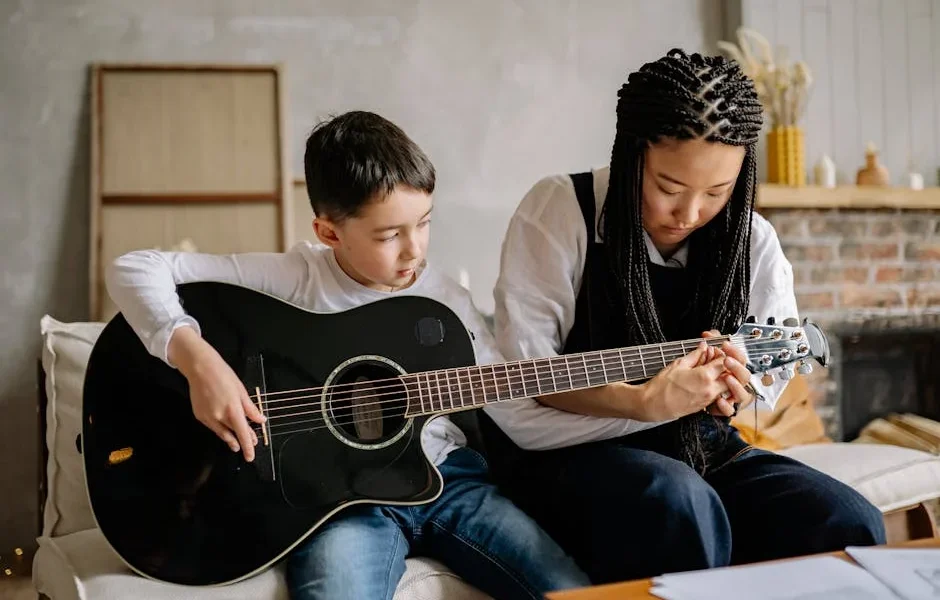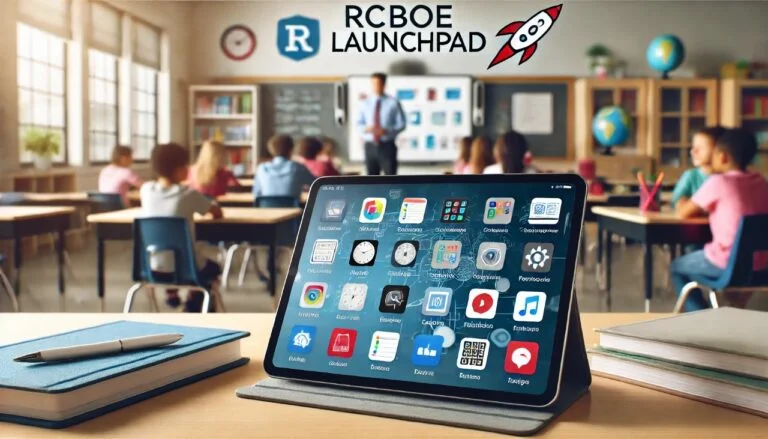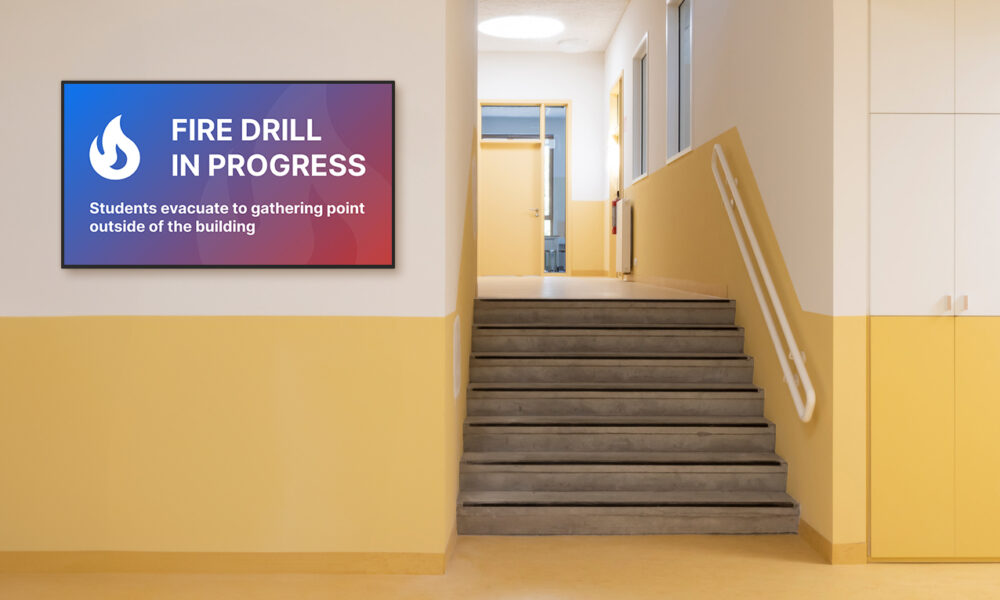Choosing the right educational institution for your little one is a significant decision for any parent, as it sets the foundation for a child’s educational journey. Understanding the different educational institutions for kids can help make an educated choice that aligns with a child’s needs and family values. Each offers unique growth opportunities, ensuring children receive a well-rounded and enriching early learning experience. To help you out, this article provides a comprehensive guide to the various types available, each offering unique benefits.
Traditional Schools
A traditional preschool follows a structured curriculum designed to prepare children for kindergarten. These institutions focus on developing foundational reading, writing, and mathematics skills. Activities are typically teacher-led, providing children with a predictable routine. This structured environment helps children learn to follow instructions and work within a group setting, fostering social skills and cooperation.
Montessori Schools
Such educational institutions are based on the educational philosophy of Dr. Maria Montessori. This approach emphasises self-directed learning, hands-on activities, and collaborative play. Classrooms in Montessori schools are often designed to cater to the child’s natural curiosity, with various learning stations that encourage exploration and discovery. These aim to foster independence and a love for learning, allowing children to progress at their own pace.
Waldorf Schools
These educational places are founded on Rudolf Steiner’s principles. They focus on holistic education, integrating academics with creative and physical activities. These schools emphasise imagination, storytelling, and artistic expression. Waldorf classrooms often have a homelike environment featuring natural materials and a focus on rhythm and routine. The goal is cultivating a child’s imagination and creativity, fostering a balanced development of the head, heart, and hands.
Reggio Emilia Schools
The Reggio Emilia approach from Italy emphasises child-led learning in a supportive and enriching environment. In such institutions, teachers guide children to explore their interests and express themselves through various mediums such as art, music, and dramatic play. The curriculum is flexible, evolving based on the children’s interests and needs. This approach nurtures critical thinking, collaboration, and problem-solving skills.
Play-Based Schools
Such places prioritise learning through play, recognising it as a crucial aspect of child development. These create an environment where children can engage in imaginative and unstructured play, fostering creativity, social skills, and emotional regulation. Teachers in play-based settings facilitate activities that promote learning through fun and exploration, helping children develop cognitive and motor skills naturally and enjoyably.
Language Immersion Schools
Language immersion schools allow small children to learn a second language from an early age. These schools conduct most of their instruction in the target language, allowing children to develop language skills through everyday interactions and activities. This immersive approach enhances language proficiency and promotes cultural awareness and cognitive flexibility.
Forest Schools
These institutions provide outdoor, nature-based education, encouraging children to explore and learn in a natural setting. They emphasise environmental awareness, physical activity, and hands-on learning. They foster a sense of adventure and independence, helping children develop resilience, problem-solving skills, and a connection with nature. Activities often include nature walks, building shelters, and identifying plants and animals.
Understanding the different types of schools and their benefits can help make an educated decision that best supports a child’s early education journey. Each type of preschool offers distinct advantages, catering to various aspects of a child’s development. These specialised institutions help children develop a global perspective and a sense of environmental stewardship, valuable traits in today’s interconnected world. Selecting the right one involves considering the child’s personality, interests, and developmental needs. Visiting different types of schools, observing classes, and speaking with educators can provide valuable insights. Choosing an environment where the child feels comfortable, supported, and motivated to learn is essential.









